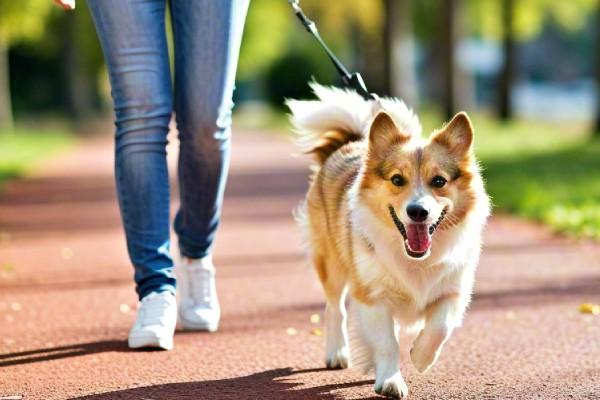The ideal frequency and duration of dog walks depend on your dog’s breed, age, health, and energy level. Below are general guidelines to help you create a tailored routine:

1. By Breed & Energy Level
-
High-energy breeds (e.g., Border Collies, Huskies, Labradors):
-
3–4 walks daily (minimum 30–60 minutes total).
-
Include vigorous exercise (running, fetch) to prevent boredom and destructive behavior.
-
-
Medium-energy breeds (e.g., Bulldogs, Pugs, Dachshunds):
-
2–3 walks daily (20–30 minutes each).
-
Avoid overexertion in brachycephalic (short-nosed) breeds.
-
-
Low-energy breeds (e.g., Basset Hounds, Senior Dogs):
-
1–2 short walks daily (15–20 minutes) + gentle playtime.
-
2. By Age
-
Puppies:
-
Short, frequent walks (5–10 minutes per month of age, twice daily).
-
Focus on socialization and leash training.
-
-
Adult Dogs: Follow breed-specific guidelines above.
-
Senior Dogs:
-
Shorter, slower walks (1–2 times daily) adjusted for arthritis or mobility issues.
-
3. Health Considerations
-
Overweight dogs: Increase walks gradually to aid weight loss.
-
Dogs with joint issues: Opt for shorter, low-impact walks (e.g., grass vs. pavement).
-
Consult your vet for dogs with chronic conditions (e.g., heart disease).
4. Behavioral Needs
-
Walks provide mental stimulation (sniffing, exploring).
-
Insufficient exercise may lead to anxiety, barking, or chewing.
-
Mix walks with interactive play (e.g., puzzle toys, training sessions).
5. Signs Your Dog Needs More Walks
-
Restlessness or pacing.
-
Excessive barking/whining.
-
Destructive behavior (e.g., digging, chewing furniture).
6. Tips for Busy Schedules
-
Hire a dog walker for midday breaks.
-
Use a backyard for quick potty breaks, but prioritize walks for mental engagement.
-
Combine walks with training (e.g., practicing "heel" or obedience commands).
Final Note:
While minimum guidelines suggest 30 minutes to 2 hours of daily activity (walks + play), observe your dog’s cues. A happy, well-exercised dog will be relaxed indoors and maintain a healthy weight.
This approach balances practicality with expert-backed advice, ensuring your dog’s physical and emotional needs are met. Adjust based on your pet’s unique personality and lifestyle!